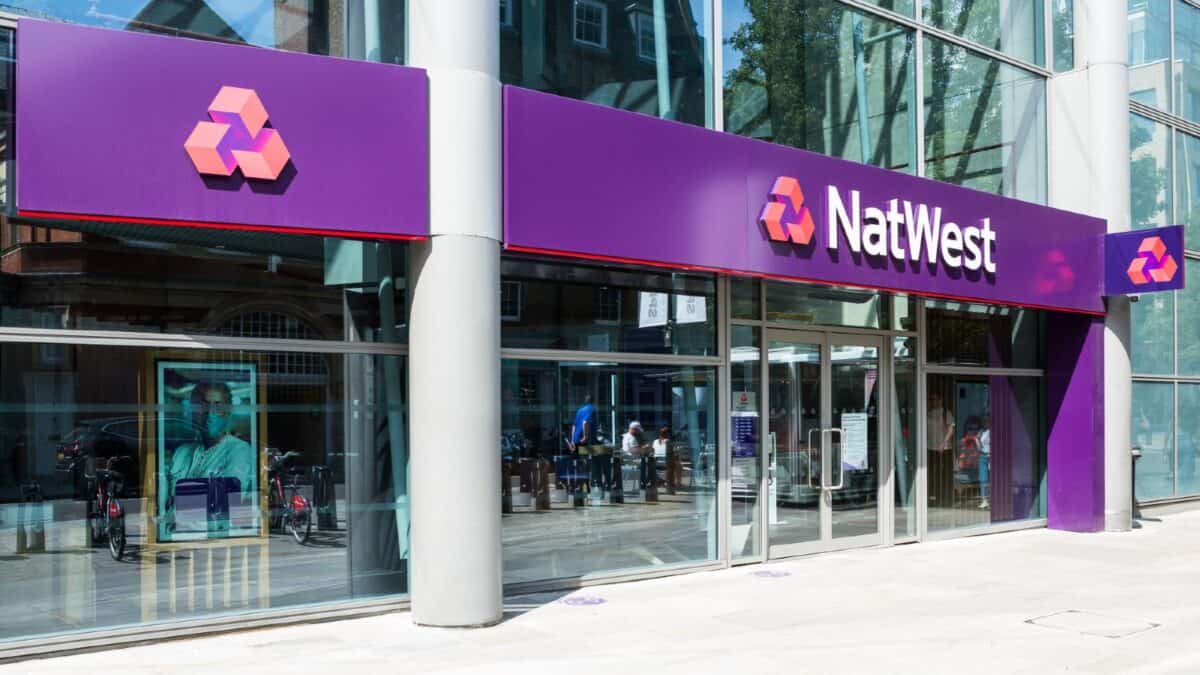NatWest Group (LSE: NWG) released its final results this morning (14 February) for the year ending 31 December 2024. It reported an attributable profit of £4.5bn, up 12% since last year, but still a slowdown in growth.
By comparison, the bank’s third-quarter results showed a 26% increase in profit, supported by strong lending growth and customer deposits. The group’s return on tangible equity (RoTE) is now up to 17.5%, higher than guidance forecasts. Despite headwinds from lower interest rates, the bank’s earnings continue to rise, now at 53.5p per share.
Speaking on the results, recently-appointed CEO Paul Thwaite said: “We are fully focused on delivery as we shape the future of NatWest Group as a vital and trusted partner to our customers and to the UK, and in doing so, create further value for our shareholders.”
A final dividend of 15.5p was proposed, resulting in total dividends of 21.5p for the year — 26% higher than 2023.
Growth and dividends
Up over 110% in the past year, analysts have been cautious about predicting further growth for the bank. The average 12-month price target is 480p, less than a 10% rise from today’s price.
The UK government has further reduced its stake in NatWest to 6.98% and it should become fully privatised later this year after it sells its remaining stake. That would be the first time it was fully private since 2008. Once that happens, it’s expected to change its dividend policy, increasing shareholder returns from 40% to 50%.
That may be one reason it’s been tipped as one of the safest dividend stocks in the UK. Since restarting dividends in 2019, they’ve grown at a rate of 26% a year, from 2p per share to 21.5p. The yield now stands at 4%, a high percentage considering the rapid price growth.
An investment of £1,000 in 2020 could have quadrupled to £4,000 today (with dividends reinvested). Few UK stocks have provided such returns. But can it keep performing so well?
Looking ahead
NatWest is the fourth-largest bank in the UK and a key player in the nation’s banking sector, serving millions of customers with retail and commercial banking services. The past year saw notable leadership changes following the controversy over the closure of Nigel Farage’s bank account at Coutts. Dame Alison Rose resigned as CEO, marking a significant shift in the bank’s leadership.
It has since explored several potential ways to drive growth. Examples include acquiring a prime residential mortgage portfolio from Metro Bank and completing a deal to purchase parts of Sainsbury’s Bank’s operations. Reports suggest Santander is considering selling its UK retail division to NatWest, hinting at potential expansion opportunities.
Yet despite the positive performance, risks remain. The bank recently announced plans to shut 53 branches this year as part of its digital transformation strategy. The move could dent the bank’s reputation as a key high-street establishment. A lower interest rate environment is another factor to account for, as this could limit the bank’s loan-based income.
Overall, the bank has gone from strength to strength under its new CEO and looks likely to continue. While the rapid growth of 2024 may taper off somewhat, I still think it’s a promising stock to consider in 2025.
This post was originally published on Motley Fool



